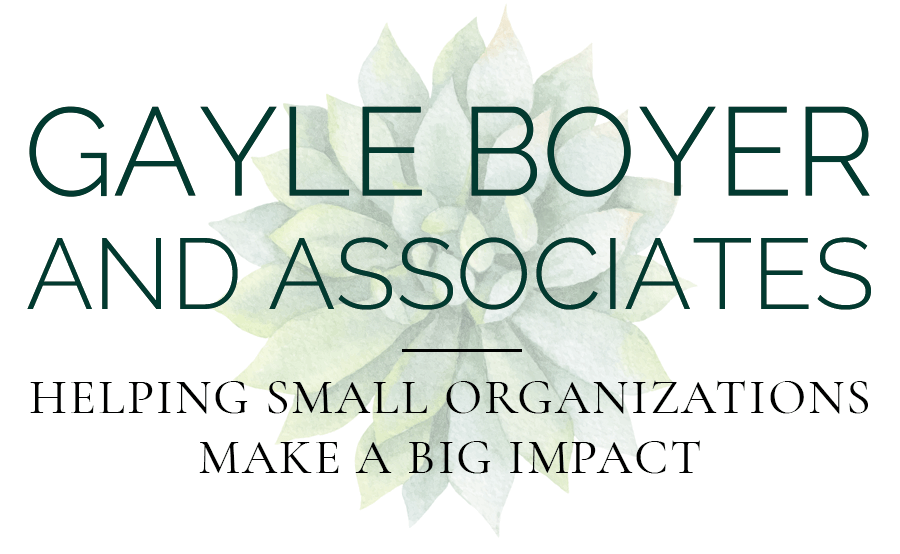Setting up your first website is a huge undertaking, even (especially) when it’s a simple site for a tiny nonprofit or solopreneur. Even a small site has to do a lot of heavy lifting—synthesize your brand, deliver your message, convert visitors to clients or donors. This may be foreign territory to you, and you probably have a lot of questions about what makes for a successful and engaging website. And if you’re talking to potential developers or doing any research on the web, you may get caught up in hype around shiny new “must have” features, like neuromorphic design or parallax animation.
Before your anxiety turns into a full-blown panic attack, take a deep breath and a big step back. Forget about bells and whistles; instead of thinking “What features does my site need?” consider “What are my business goals?”
- Who is your primary audience?
- What value does your organization offer them?
- How are they coming to your site?
- How does your site promote your value proposition?
Large or small, simple or complex, a website needs to be polished and professional: no amount of trendy widgets will compensate for basic mistakes like typos in your headlines, broken links, or navigation that takes you nowhere (and yes, I’ve seen all of these issues and more in too many new sites!).
Here’s what you really need for a polished and professional site:
Usability
- Semantic markup improves SEO and makes it easier for people with disabilities (roughly 1 billion people worldwide) to access your content.
- A clear and consistent navigation structure helps visitors explore and engage.
- A robust search function helps users with specific goals quickly find what they need.
Content
- All copy should be accurate and up-to-date—from your staff directory to the copyright date in your footer.
- Less is more.
- Include a clear call to action.
Design
- Follow principles of responsive design (or select a template that uses responsive design) to make sure your site plays nicely on different devices and browsers.
- Keep it simple.
- Use consistent and readable fonts, and keep the number of fonts to a minimum (usually two or three max).
Images
- Select images that align with your brand and add meaning to your content.
- Optimize images so they display correctly (i.e., not pixelated or stretched) and load quickly.
- Include alt text for all images.
Test! Test!! Test!!!
- Proofread every section of every page, and then have someone else do the same.
- View your site on as many different devices and browsers as you can, and complete any forms or other interactive elements your visitors might experience.
- Ask staff/family/friends/colleagues to test and provide feedback as well.
Your first site doesn’t need a lot of bells and whistles to be effective. It can’t be successful, however, without the basics. Focus on building a polished and professional site, and THEN consider whether features like chatbots or animations are worth your time and expense.
